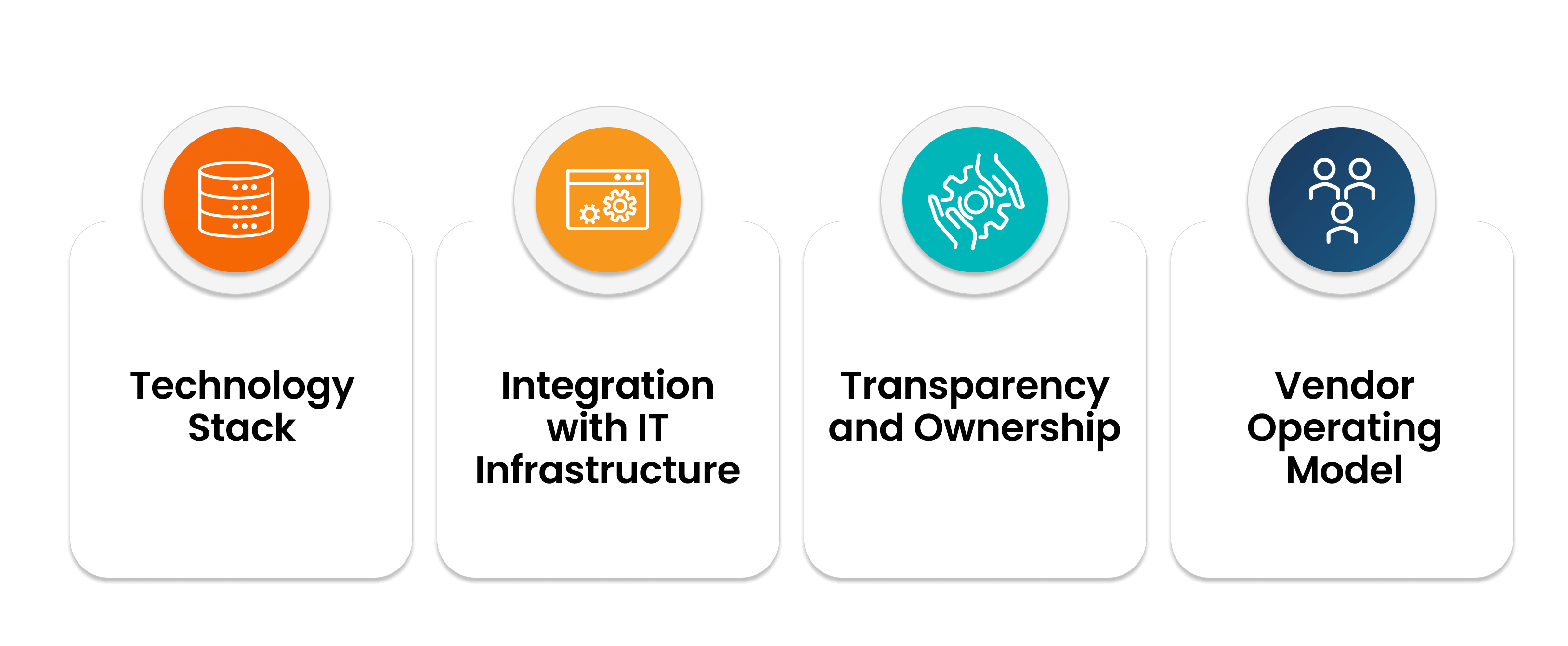Madrigal Pharmaceuticals had been running ambitious clinical research programs for over 10 years when the FDA approved its therapy to treat a progressive liver disease. By then, its lean commercial team was already delivering market insights to leaders and ramping efforts to find healthcare professionals (HCPs) to support the best patient outcomes.
That’s because Gavin Dawson, senior director of data strategy and analytics, had a runway to establish a comprehensive and fully integrated customer data foundation. Efforts began about three years before launch, with the therapy still in Phase 3 trials. “Our market was unknown, and investing early was key to understanding our customers and ultimately to successfully launching,” he says.
Leveraging Veeva OpenData, Veeva Network, and Veeva Nitro, Madrigal established a strong data backbone to identify the right customers for launch. Now, the team uses its integrated data and software to gather the deep intelligence on HCPs and payers needed to scale.
The early days: Data to inform launch
Every portfolio is unique, but finding fast answers to common questions can make or break any biopharma’s launch success. Some of the insights Dawson’s team was looking to provide included:
- How big is the market today, and what’s its potential?
- What does a patient’s journey look like?
- Who are the supporting HCPs and HCOs?
- What does the referral network look like?
To inform its launch strategy, Madrigal had started with a claims database in Excel. The team could run basic reports to fill in knowledge gaps, but when leaders asked ad-hoc questions or sought in-depth analysis, Dawson says, “We didn’t have a quick way to slice and dice data to get insights and answer follow-up questions. I would punt a question over to the consultants. They would run an analysis and send it back to me, which was a pain point.”
It became clear that the team had to level up to surface and share insights efficiently, so they acquired Veeva Network, a master data management (MDM) platform. It has since become the source for all of Madrigal’s enriched data on HCPs and HCO payers. They also added Veeva Nitro — a commercial analytics platform — which Dawson characterizes as “the heart of the operation, pumping information to the connected systems that need it.”
Having a foundational data infrastructure enabling robust insight generation, they entered the launch phase knowing:
- The key specialists who see the target patient population
- HCP affiliation addresses match within 0.1 miles of an HCP’s primary address
- HCO types and their distance from the account address to an HCP’s primary address
A trusted infrastructure that flexes and scales
With the infrastructure and data in place, Dawson and his team can easily integrate additional data sources. “We started from that blank slate and were able to think methodically how we’d layer in different components as we scaled,” he says. For example, Veeva Link Key People helps identify experts, view their activities, and receive notifications about their scientific contributions. Additional tools the team relies on include Veeva CRM and Veeva Vault PromoMats for content creation, review, and approval.
Ensuring sales reps have reliable support in maintaining accurate customer data is also essential to Dawson. “The reference data in OpenData is fantastic,” says Dawson. “Veeva data stewards validate our DCRs within 15 hours on average, so we always have up-to-date information in CRM.”
Tips for selecting a data partner
When selecting the right data partner, Dawson says, “There were many vendors, and they all have pros and cons, but I considered four factors when evaluating our options.”
Data management evaluation criteria

- Technology stack: Dawson advises choosing data sources and technology that meet current needs and those three or five years down the road. “That’s what I saw in Veeva. It scales with you as your company grows, and you’re benefiting from other customers and what’s important to them in the form of ongoing product enhancements.”
- Integration with IT infrastructure: Next, he looked at how the technology would fit the current infrastructure. “We’re a small company and building, but we needed to ensure it fit our broader IT vision.”
- Transparency and ownership: Dawson prizes trust and seeks to avoid ‘the gray box’ of not knowing what’s happening with a vendor. And, with a lean team, he wanted to invest in technology that allows self-service management. “As you add FTEs, you can insource some work,” he adds.
- Vendor operating model: Knowing he would need technical help with data ingestion, architecture, and more, Dawson opted for a vendor who offered support in those areas until Madrigal expanded the team and day-to-day management became possible.
“It’s about how a partner works with you and how well they invest in your success. We’re lucky to have that continued partnership with Veeva and our broader team,” Dawson says.
Read more about how to fuel launch success using integrated customer reference data.
More Customer Stories
Hear More From Madrigal
Watch the Interview
How They Built a Consistent Data Foundation


